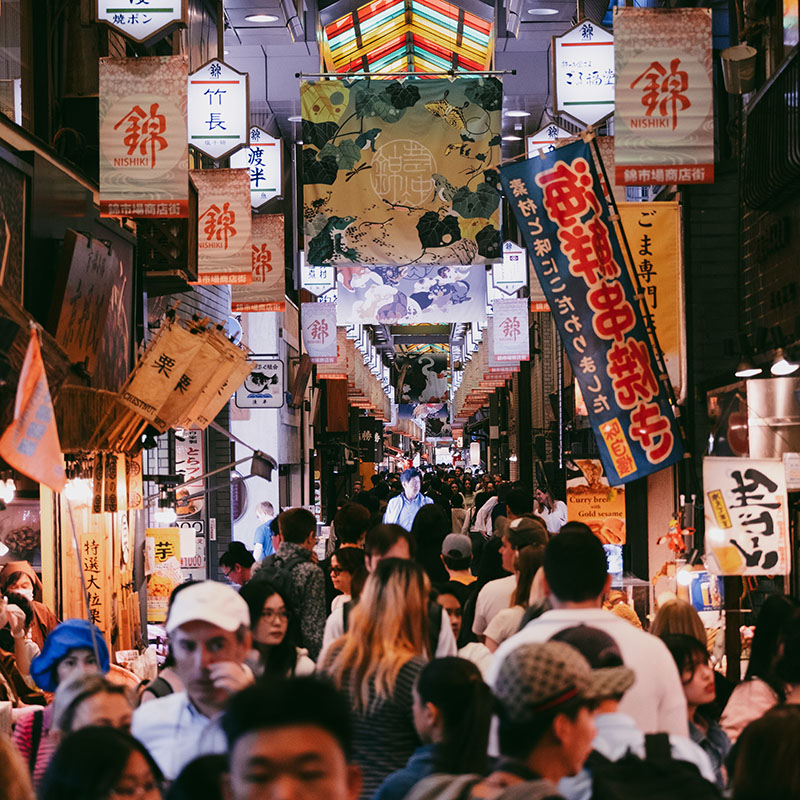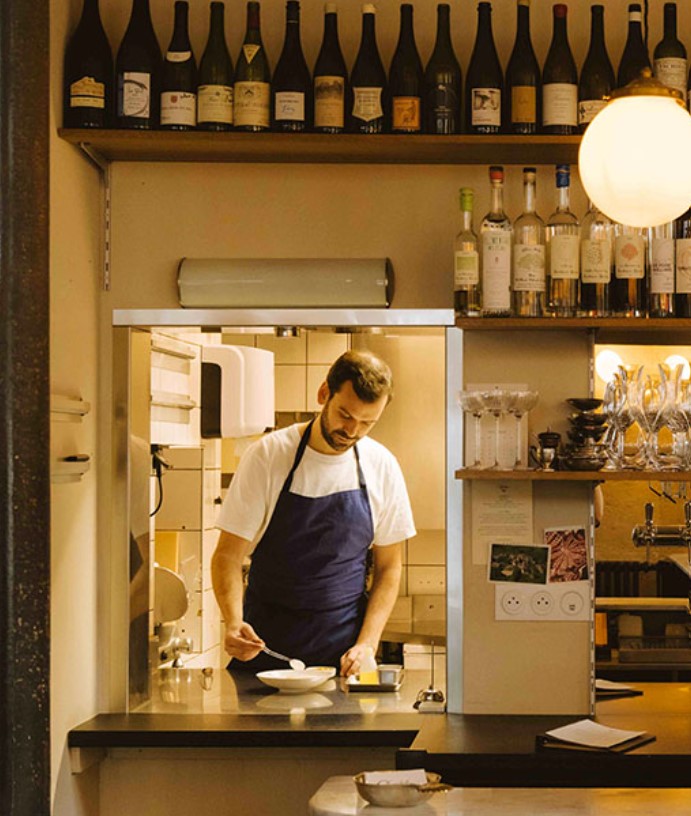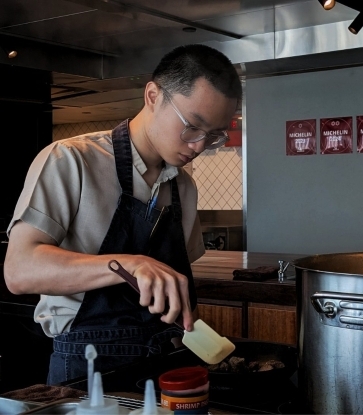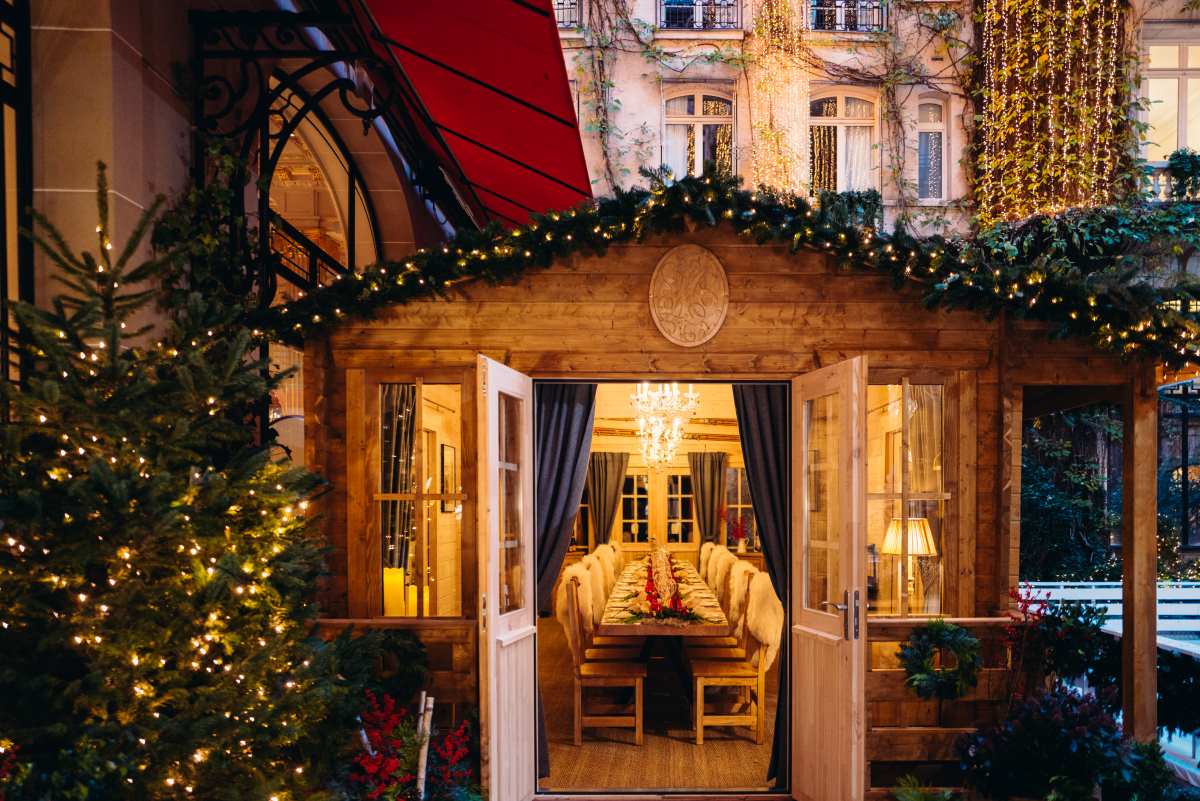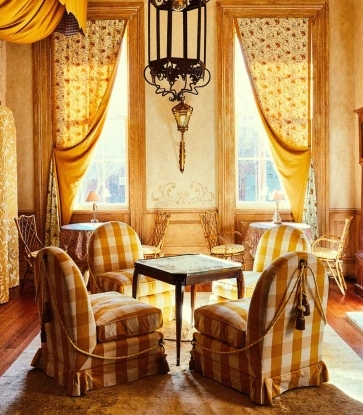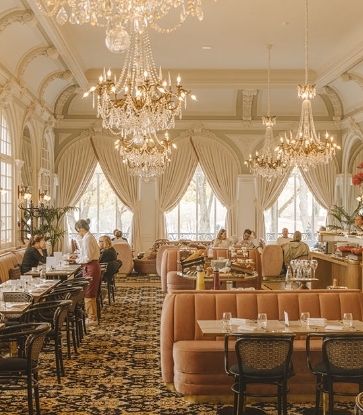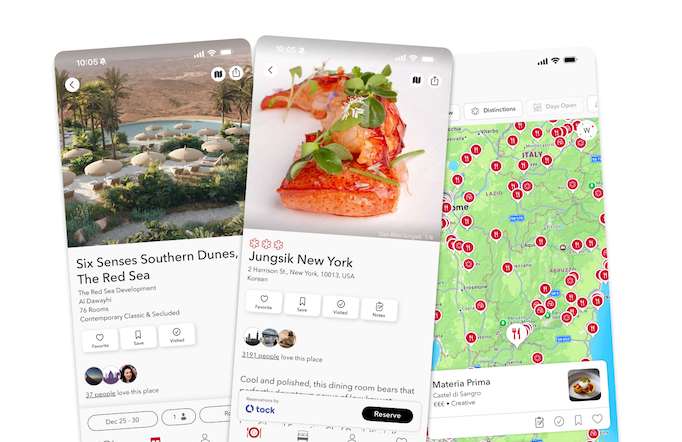“My first visit to Kyoto was in 2008, invited by Chef Yoshihiro Murata of Three-Starred restaurant Kikunoi Honten,” Colagreco shares. It was an eye-opening experience for the chef, one that exposed him to the contrasts between Japanese and French culinary techniques. “I was fascinated by the knife skills of the Japanese chefs, especially how they cut the fish and made sashimi,” Colagreco explains. “That’'s when I realized that for Japanese cuisine, cutting is the most important skill, whereas for French cuisine, cooking on fire is the most important skill.”
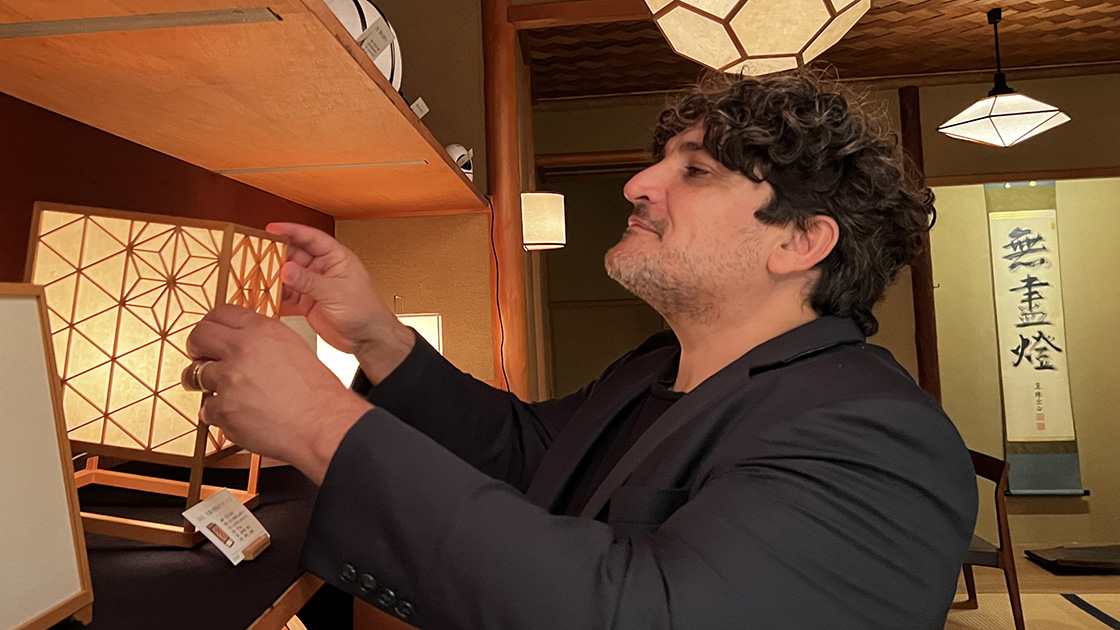
Since then, he has opened his own restaurant in Tokyo, CYCLE by Mauro Colagreco, which celebrates the cycle of nature. However, sharing his experience of Japanese culture with his family has always been an important goal. “In 2023, my dream came true,” he says. “I made sure I went back to restaurant Kikunoi Honten with my mother, my wife and my two sons. The restaurant, to me, is the most important kaiseki restaurant (a traditional multi-course Japanese meal that balances seasonality, precision, and aesthetics, often considered the pinnacle of Japanese culinary art) and I wanted my family to experience it.”
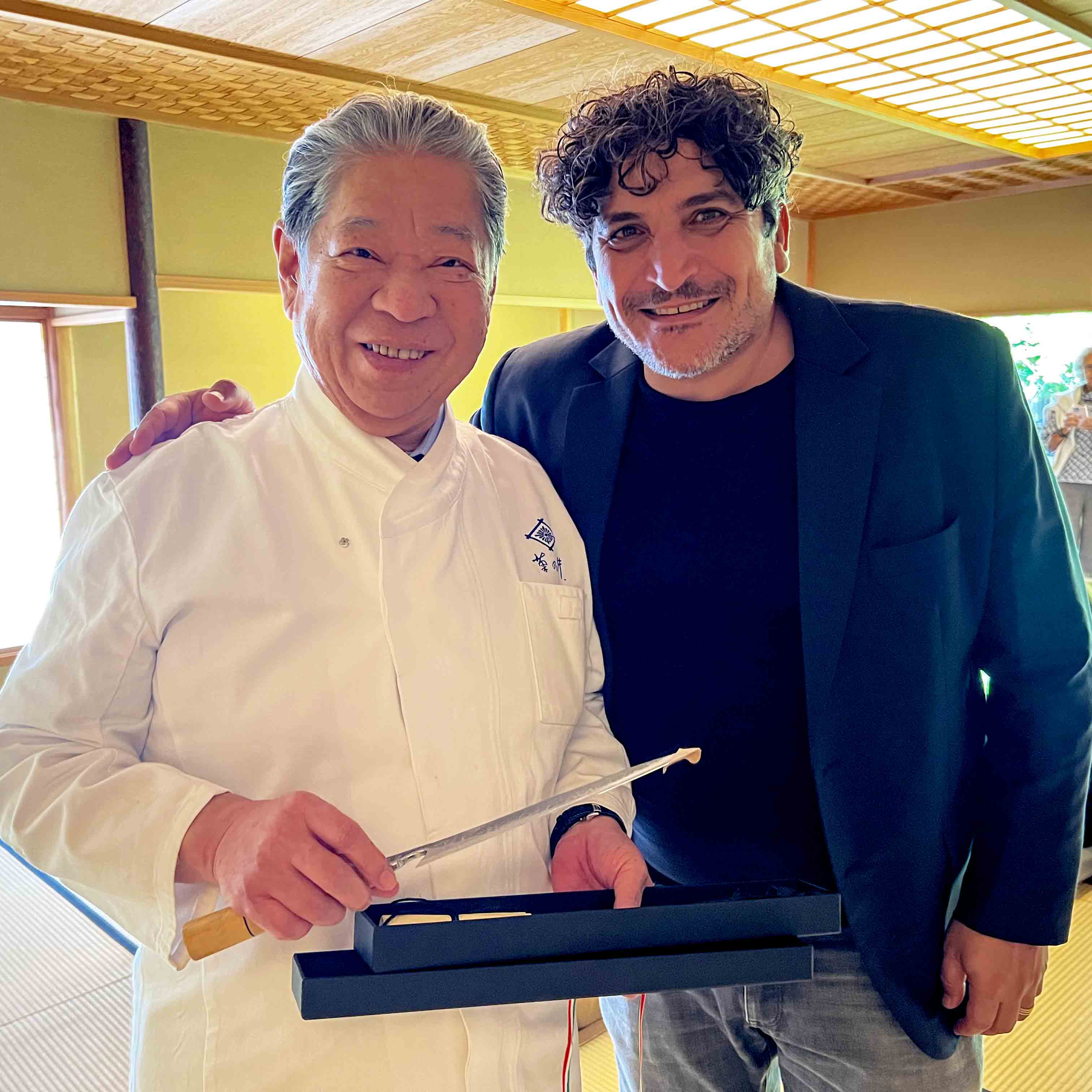
Why is Kikunoi Honten so special to you?
Chef Murata taught me the importance of cutting in Japanese cuisine. I brought back handmade knives from France to gift to Chef Murata and the other kaiseki chefs. The dining experience is always extraordinary. The highlight for me was the hassun [the second course in a traditional kaiseki menu], which expressed the scenery and vibrance of the autumn river. The dish came covered with koyo, colored fallen leaves, and ayu [sweet fish] that look like they are swimming in it. It was a concept that Chef Murata called mitate [a Japanese concept that translates to “seeing and comparing” that encourages someone to see something as if it were something else].
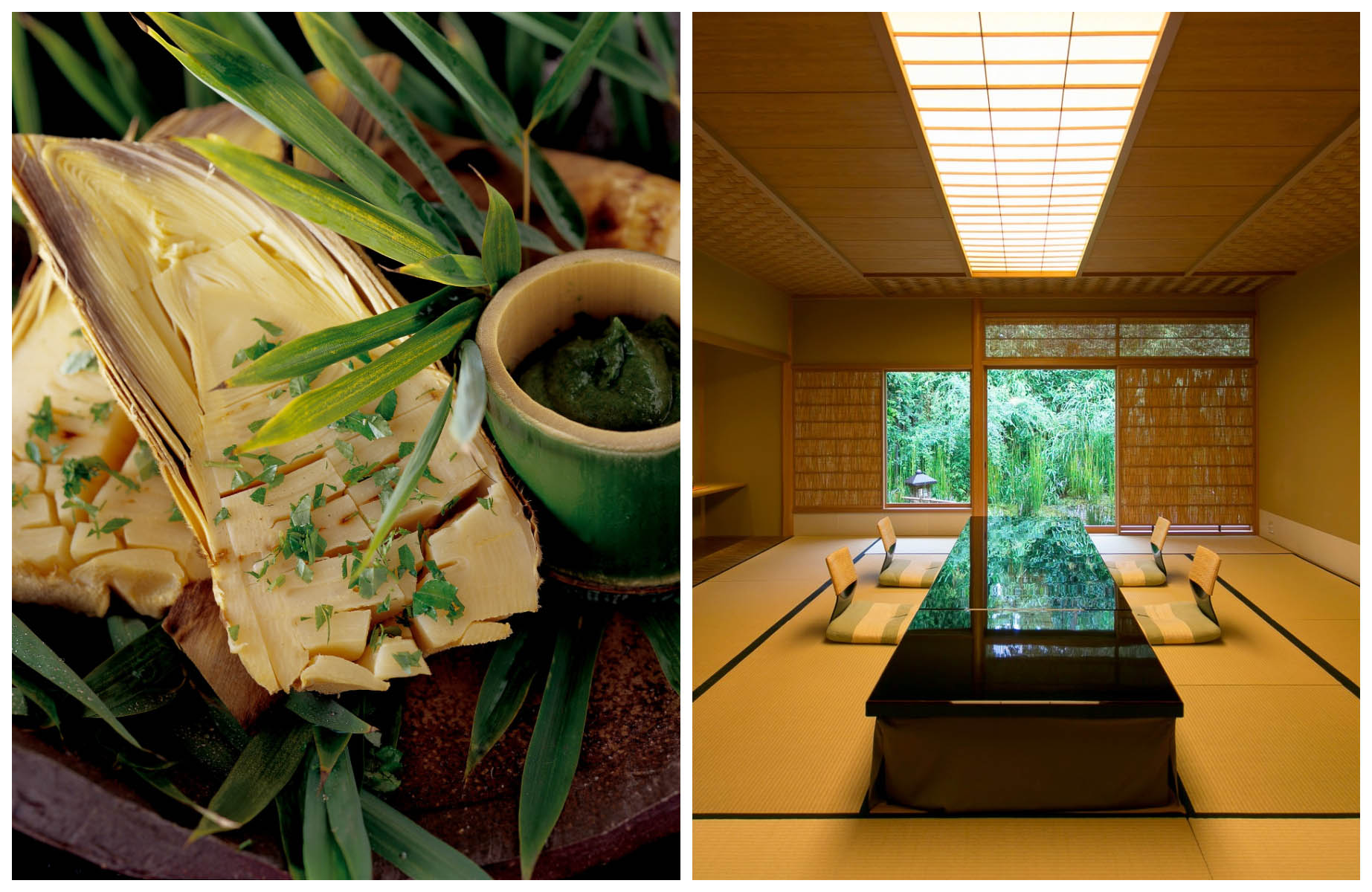
Kikunoi Honten was built by a group of craftsmen called Nakamura Sotoji Komuten in a traditional sukiya style and is filled with antique drawings and objects. It’s almost like a museum that invites the world to learn more about authentic Japanese cuisine. Now my eldest son, Lucca, is interested in the culinary world, and we have spoken to Chef Murata's son-in-law, Chef Tomoharu, and hope that our relationship, which began more than 15 years ago, will continue into the next generation.
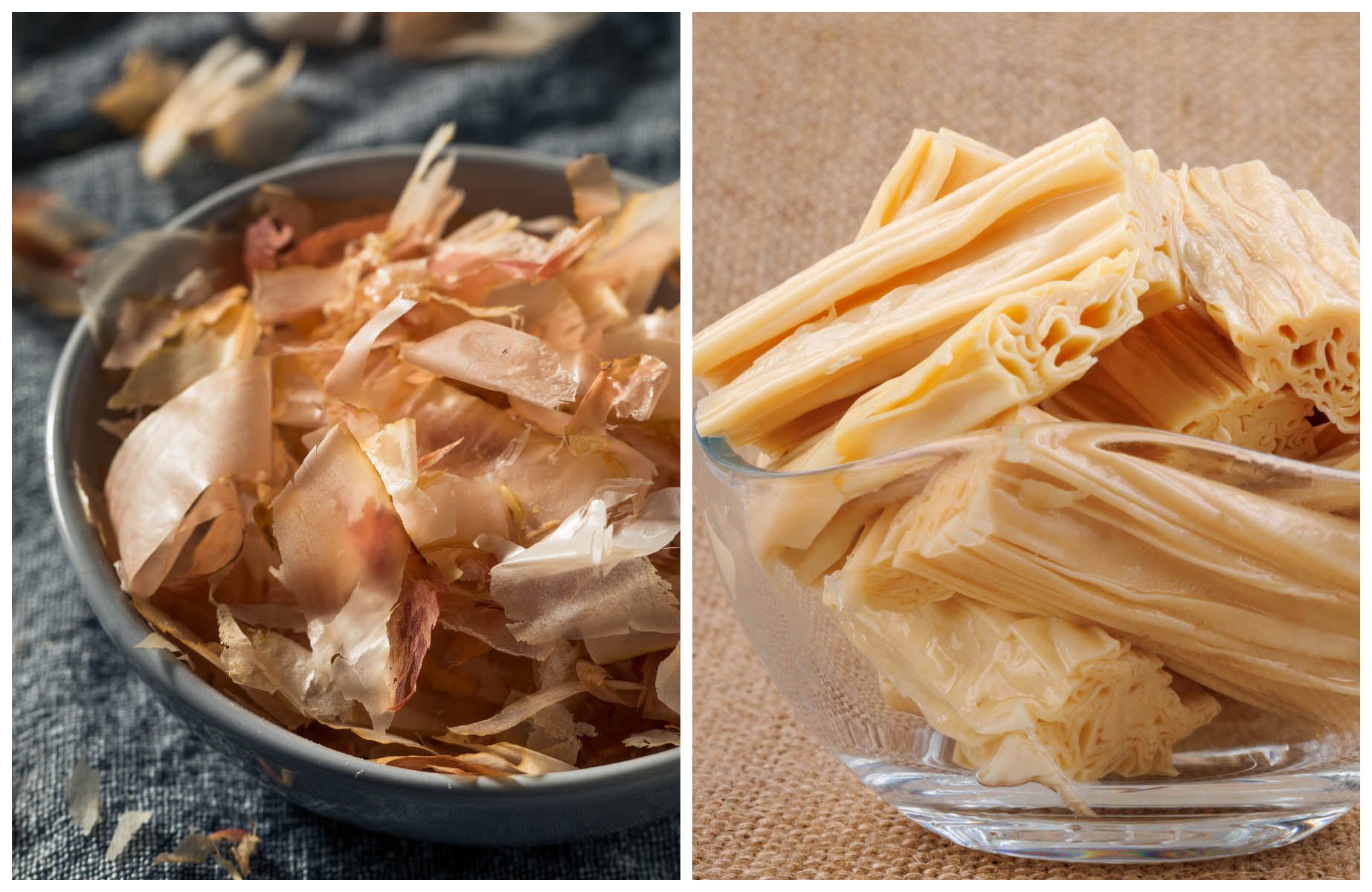
What impressed you most about your early encounters with Japanese ingredients and producers?
In 2008, I also visited vegetable, yuba, and bonito-flake producers, learning soba-making and savoring kyōyasai, Kyoto’s native vegetables. The profound respect the Japanese show for nature resonated strongly with me. Since opening Mirazur in 2006, our menus have revolved around biodiverse garden produce. In 2012, influenced by Masanobu Fukuoka’s philosophy, I began crafting seed-laden clay balls as guest takeaways. This allows the DNA of the land and climate to grow, resulting in different plants selected by the terroir growing together, and this “lets nature decide” — an attitude that shows respect for nature.
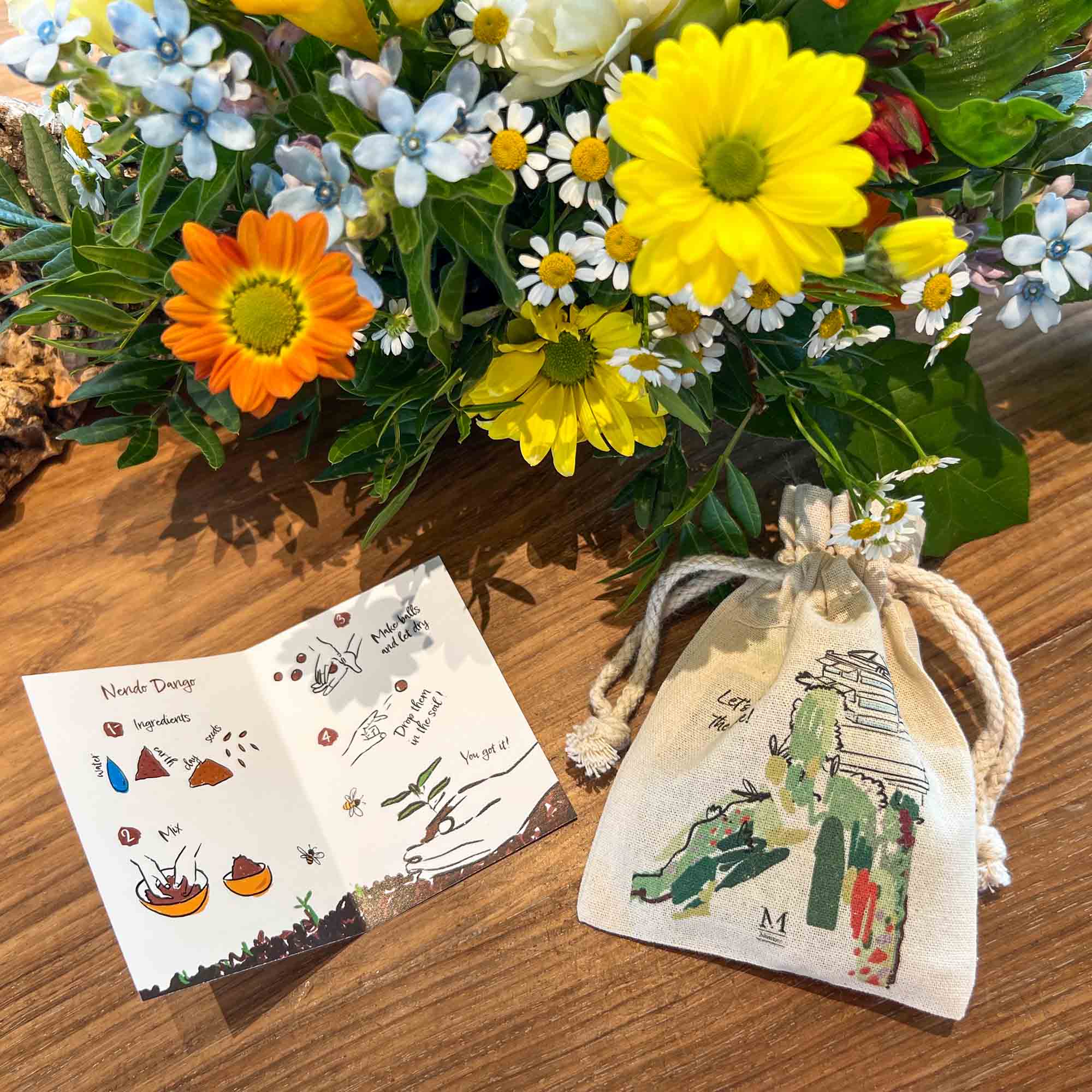
Did that experience shape your vision for CYCLE by Mauro Colagreco?
In October 2023, I opened CYCLE in Tokyo’s Otemachi district — my first Japanese restaurant. Its menus, centered on “roots, leaves, flowers, fruits,” underscore circular gastronomy, from seed to plate and back to seed. Chef Yuhei Miyamoto, a longtime protégé trained at Mirazur, helms the kitchen. General Manager Rie Yasui, multi-lingual and awarded the MICHELIN Service Award, embodies the Japanese art of omotenashi [the Japanese spirit of wholehearted hospitality — an intuitive, thoughtful care for guests that anticipates their needs without expecting anything in return]. The restaurant is my way of showcasing the craftsmanship and respect for nature that Japan and France share in many ways.
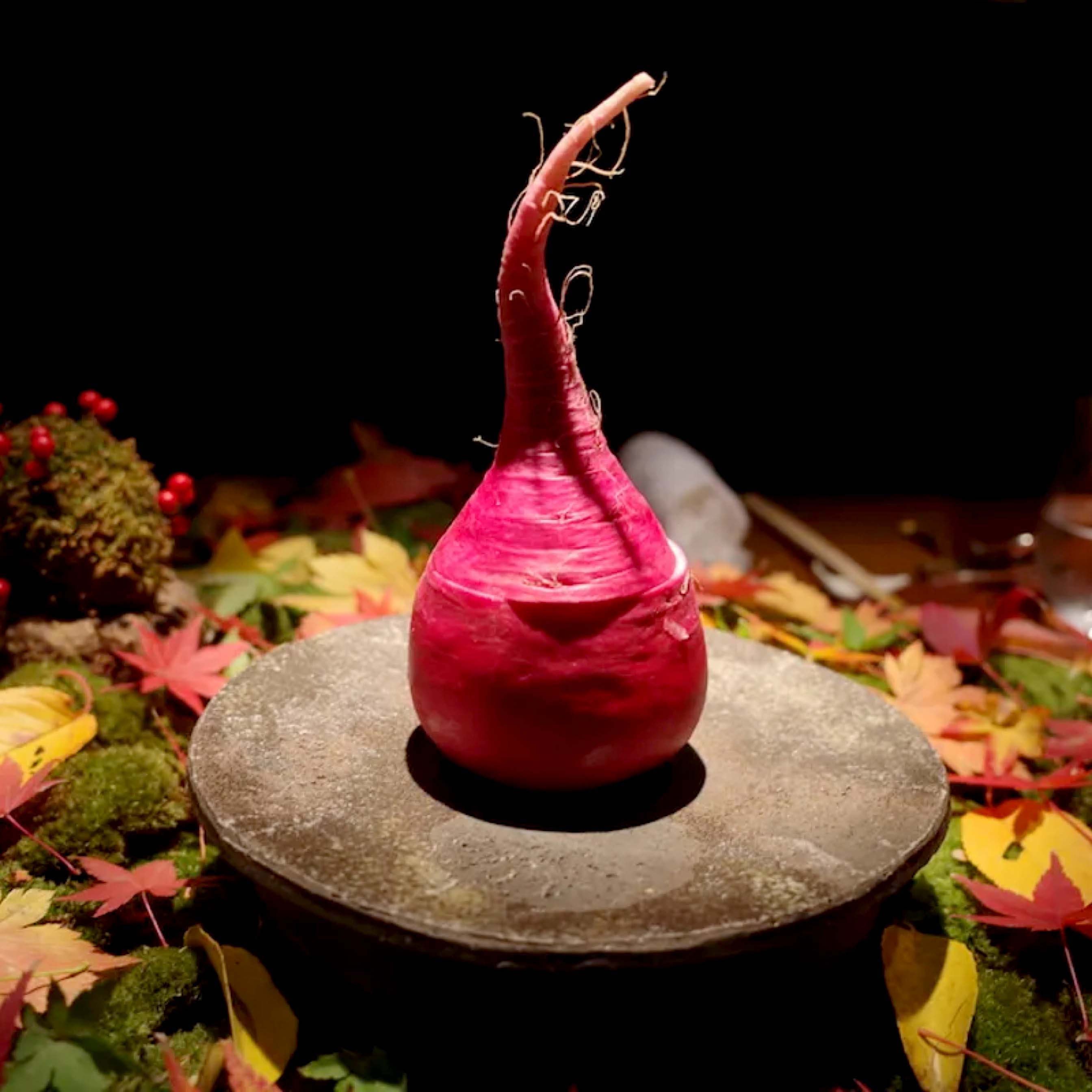
Is there a place in Kyoto that embodies the spirit of the seasons for you?
Kyoto is a place where chefs and farmers, and producers work closely together. I felt that most when I visited Chef’s Table by Katsuhito Inoue at the Ritz Carlton Kyoto. The restaurant sits eight people and is decorated by a gardener who specializes in Japanese gardens. Moss-clad tables, Kiyomizuyaki plates, and dishes tied to Japan’s 72 micro-seasons. Chef Inoue works with farmers carrying 450-year lineages and emerging producers. He even makes focaccia using vegetable trimmings — a sustainable, respectful nod to nature’s generosity.
Where do you go in Kyoto to experience the city like a local?
Nishiki Market is a great place to browse and sample Kyoto’s fresh produce and snacks. Look out for wagashi [traditional Japanese confectionery] like fumanjyu [regional wagashi popular in Kyoto, red bean paste wrapped in soft nama-fu made with wheat gluten, which has a sticky texture like mochi], and modern twisted sweets such as tonyu [soybean milk] soft serve and donuts. There are also various types of kebabs, which are popular for strolling and snacking in the local atmosphere.
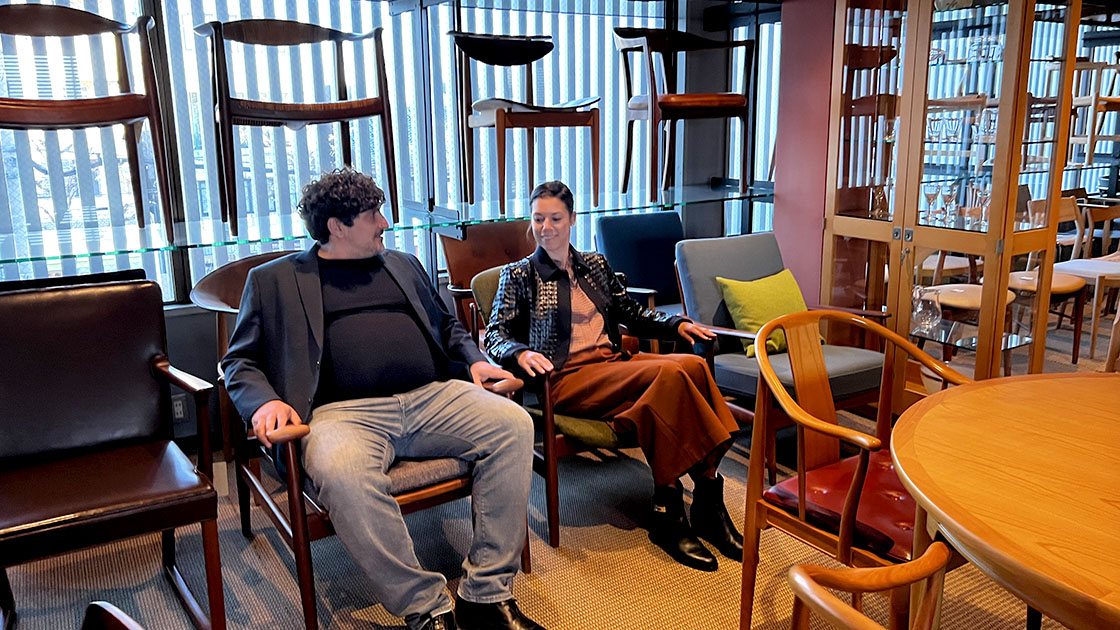
Any places In Kyoto to recommend shopping for traditional Japanese crafts?
Check out Kyoto’s traditional architecture design house Kohseki by Nakamura Sotoji. There, you get to admire furniture and lanterns. I remember buying wooden lighting, which the store helped ship back to France. In Kōdai-ji, just below Kikunoi Honten, lacquerware shops line narrow alleys. Bowls adorned in raden [mother-of-pearl inlay] surprised me with their monthly seasonality. Kyoto’s devotion to authenticity is still very much alive.
